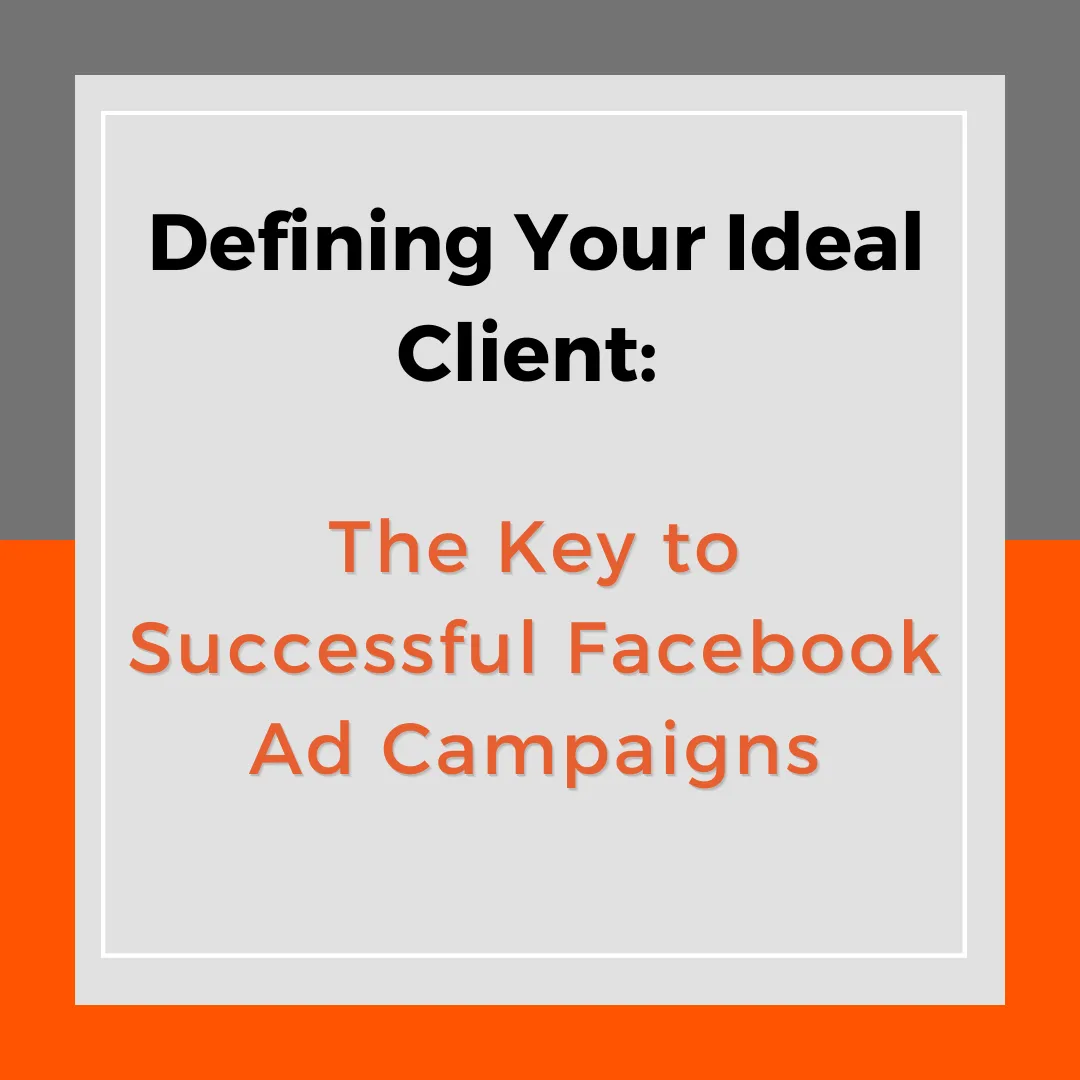This is where you thank them for opting in for your
offer, and make it clear the offer expires soon!
Our Agency Helps Coaches, Consultants, and Course Creators to Create More Impact & Generate More Income – Simple as That.
We have managed millions in ad spend and generated thousands of leads and customers for our clients.
Stuck on the uncertain hamster wheel of manual lead generation? Relying on organic traffic to drive your growth?
Let’s automate the flow of leads into your business and accelerate the know-like-trust journey, so you can save time, create more consistency and never again have to worry where your next client is coming from!
Our Agency Helps Coaches, Consultants, and Course Creators to Create More Impact & Generate More Income – Simple as That.
We have managed millions in ad spend and generated thousands of leads and customers for our clients.
Stuck on the uncertain hamster wheel of manual lead generation? Relying on organic traffic to drive your growth?
Let’s automate the flow of leads into your business and accelerate the know-like-trust journey, so you can save time, create more consistency and never again have to worry where your next client is coming from!
ARE YOU LOOKING TO MAKE A DIFFERENCE... AN IMPACT... MOVES... A BETTER WORLD?
More Than Just Facebook Ads
STRATEGIC UNDERSTANDING, TECHNICAL SKILL & MARKETING EXPERTISE. WE SEE THE BIG PICTURE.
You’ve got an amazing offer. But to sell it, you need a bigger audience. And to know what makes them tick...That’s where we come in!
We know the digital launch cycle inside out, and have helped hundreds of clients build an engaged audience, automate their lead generation and create epic experiences for their customers, whilst creating certainty for themselves.
Big dreams? No problem! Whatever stage you’re at, we can help you automate your business.
We are obsessed about getting results for our clients.
ABOUT
We’re a boutique Facebook Ads, Chat Marketing and Automation agency, specialising in audience growth, evergreen funnels, digital launches and keeping your brand and products front of mind for your dream clients.
In short, selling knowledge based products for coaches and online entrepreneurs is our jam!
I’m Danny Young, agency owner and team lead. After spending 20 years in corporate sales in the IT sector, I’ve spent the last 8 years learning everything I could about digital marketing, automation, buyer psychology and UX.
Having surrounded myself with an incredible team I can rely on to execute to perfection, I get to focus on supporting our amazing clients with strategy, and ensuring we remain on the cutting edge of all things automation!
KIND WORDS FROM CLIENTS

Since Danny has been doing my Facebook ads and my messenger bot, everything has been easier!
He is great at coming up with a strategic plan (he knows all of the different ways to use ads successfully) and then executing without me needing to be constantly involved.
He makes sure he knows the aims of the business and what I’m trying to achieve and then gets it done!
My ads are the cheapest they’ve been as he continues to test to make sure I’m getting value from them.
I’m glad I’ve booked Danny before he realises how good he is and puts his prices up!
LISA JOHNSON
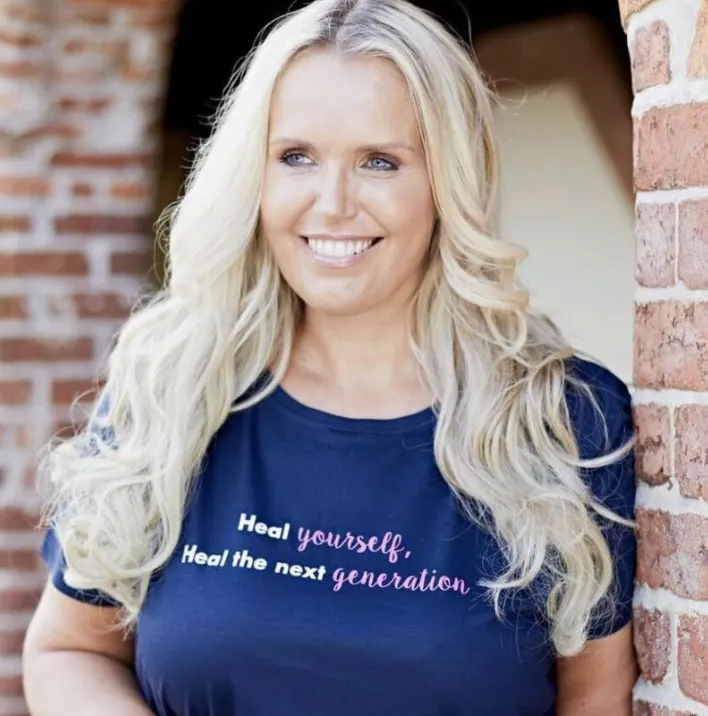
He simplifies the process and really personalised it with getting to know your business. Highly recommend!
Since I started working with Danny and his team, I’ve had my biggest multiple six figure launch and I’ve increased my email list by thousands. Danny takes the time to support you, explain everything to you and gets the best results. I simply can’t fault him and he’s an integral part of my team now and would not be without him.
CAROLINE STRAWSON
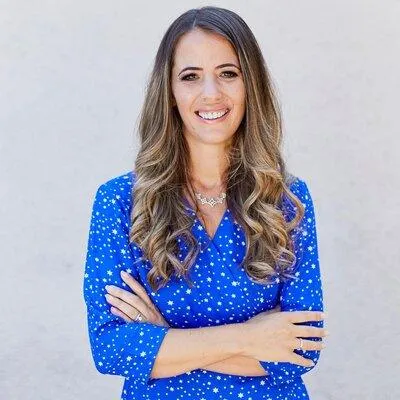
I wouldn’t hesitate recommending him to anyone. Nobody like him. And he’s so caring and funny which is the icing on top of the cake.
Danny's knowledge and expertise is the best in the business. The attention to detail and support is outstanding. He’s like one of the team. Comes to our team meetings, regular check ins on performance, and improvements. We have had two highly successful sell out launches with Danny’s expertise. He knows everything!!!
CATHERINE MORGAN
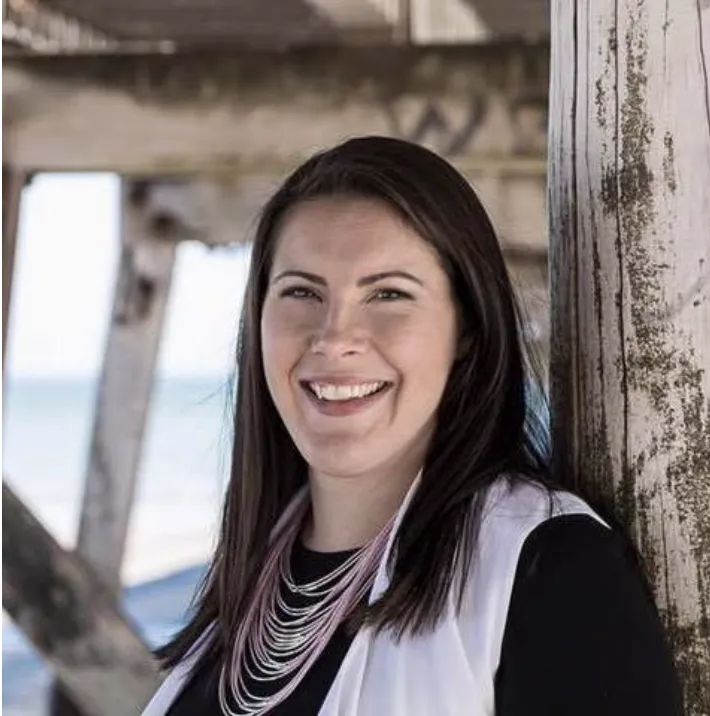
After making my way through five different ad agencies, I was ready to give up on FB ads.
Danny and his team worked tirelessly to get a good result and my cost per lead has dropped from $50 to around $6-$7 & everything in my business has changed as a result. No matter what the issue, Danny and his team have another strategy to try, which sets them apart. When you're ads aren't working, it's Danny and his team you need behind the scenes on your account to get the results others just can't.
SIAN BURTON
HERE ARE THREE WAYS I CAN HELP YOU
Automate Your Business
01
DONE FOR YOU ADS
Take the pressure off and outsource the strategy, audience building and button pushing to my team.
Let us create a steady flow of leads into your business, and keep you top of mind with your audience too, so you can focus on creating amazing offers, generating more sales and making magic happen for your clients
02
MESSENGER & IG BOTS
Optimise your end-user experience with Messenger & Instagram bots that keep your audience engaged, informed and entertained.
Instead of answering the same questions again and again, let RobotYou do the heavy lifting so you can get on with running the business!
03
MEMBERSHIP
Not ready for a done-for-you Facebook ads service just yet, but still want to leverage Meta's powerful platform to grow your business?
Check out the Fearless Facebook Ads Fellowship, where you'll get all the training AND support you need to get started running ads right now!
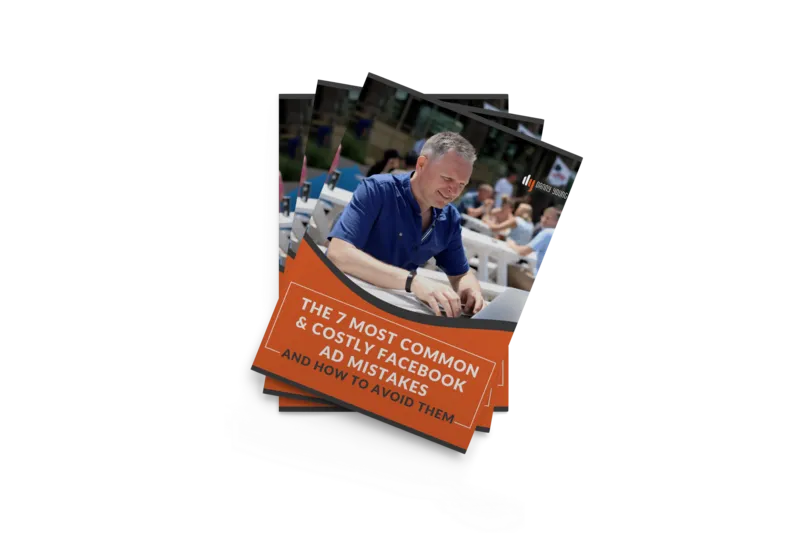
DOWNLOAD COMPLETELY FREE
The 7 Most Common & Costly Facebook Ad Mistakes
(and how to avoid them...)
This free guide will walk you through the key steps you need to take to get your Facebook Ads set up right, every time!
FROM THE BLOG
STAY IN THE LOOP
Not sure on your next steps with ads or automation? Let’s keep in touch! I’ll stop by once in a while with tips, ideas and offers.
Be first in the know and never spammed;
life’s too short for boring emails!
By ticking this box, I agree to receive occasional emails from Danny Young Online about news, updates, and special offers. I confirm that I have read and accepted the Privacy Policy, and I consent to the processing of my personal data in accordance with GDPR guidelines. We hate spam too—expect only the good stuff, and you can unsubscribe at any time.
INTERESTED IN DONE FOR YOU ADS?
You want to see a better return on your ad spend investment. Leave the automation to us, and we will create a steady flow of qualified, high-quality leads & sales for your business.
© DANNY YOUNG ONLINE 2024 | PRIVACY POLICY | TERMS

CHECK OUT THE FEARLESS
FACEBOOK ADS FELLOWSHIP
INTERESTED IN DONE FOR YOU ADS?
You want to see a better return on your ad spend investment. Leave the automation to us, and we will create a steady flow of qualified, high-quality leads & sales for your business.
First Floor, 85 Great Portland Street, London W1W7LT
frequently asked questions
Ask question here for the product that brings home the value or handles an objection.
Lorem ipsum dolor sit amet, consectetur adipisicing elit. Autem dolore, alias, numquam enim ab voluptate id quam harum ducimus cupiditate similique quisquam et deserunt, recusandae.
Ask question here for the product that brings home the value or handles an objection.
Lorem ipsum dolor sit amet, consectetur adipisicing elit. Autem dolore, alias, numquam enim ab voluptate id quam harum ducimus cupiditate similique quisquam et deserunt, recusandae.
Ask question here for the product that brings home the value or handles an objection.
Lorem ipsum dolor sit amet, consectetur adipisicing elit. Autem dolore, alias, numquam enim ab voluptate id quam harum ducimus cupiditate similique quisquam et deserunt, recusandae.
Ask question here for the product that brings home the value or handles an objection.
Lorem ipsum dolor sit amet, consectetur adipisicing elit. Autem dolore, alias, numquam enim ab voluptate id quam harum ducimus cupiditate similique quisquam et deserunt, recusandae.
Ask question here for the product that brings home the value or handles an objection.
Lorem ipsum dolor sit amet, consectetur adipisicing elit. Autem dolore, alias, numquam enim ab voluptate id quam harum ducimus cupiditate similique quisquam et deserunt, recusandae.
Ask question here for the product that brings home the value or handles an objection.
Lorem ipsum dolor sit amet, consectetur adipisicing elit. Autem dolore, alias, numquam enim ab voluptate id quam harum ducimus cupiditate similique quisquam et deserunt, recusandae.
Ask question here for the product that brings home the value or handles an objection.
Lorem ipsum dolor sit amet, consectetur adipisicing elit. Autem dolore, alias, numquam enim ab voluptate id quam harum ducimus cupiditate similique quisquam et deserunt, recusandae.
Ask question here for the product that brings home the value or handles an objection.
Lorem ipsum dolor sit amet, consectetur adipisicing elit. Autem dolore, alias, numquam enim ab voluptate id quam harum ducimus cupiditate similique quisquam et deserunt, recusandae.


